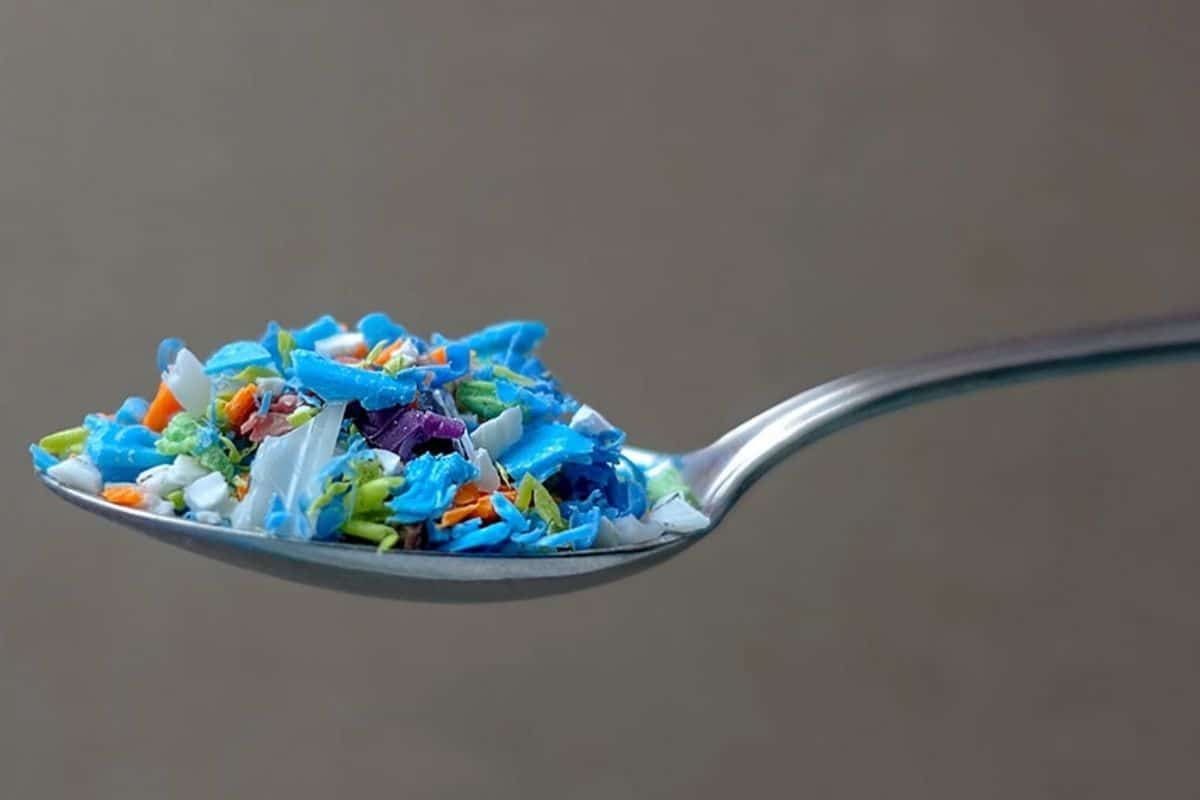
Plastic is everywhere: in our environment and even in our own bodies. But can it hurt?
It has been buzzing for a while: microplastics would not only have found their way to the most remote and pristine areas on Earth, they might even be in our own bodies. Dutch researchers now confirm this. Because in a new study they show that tiny plastic particles from the living environment end up in the human bloodstream. “We have now shown that our circulatory system, our river of life, as it were, carries plastic along,” said researcher Heather Leslie.
Study
The new research is one of the few studies in which researchers actively search for so-called microplastics and nanoplastics in human tissues. Microplastics are plastic fragments that are smaller than 5 millimeters. Nanoplastics are much smaller with a diameter of less than 0.05 millimeters. The research team has developed an ingenious method for detecting these small plastic particles in human blood. The method was applied to the blood of 22 anonymous donors. This blood was then examined for the presence of five different polymers – the building blocks of plastic. The presence of the individual polymers was also determined.
Plastic in the blood
The findings are quite disturbing. Because three quarters of the test subjects turned out to have plastics in their blood. It is the first evidence that plastic particles can actually end up in people’s bloodstream. Previous indications for this came from experiments in a laboratory. The current research shows that people absorb microplastics from their environment in their normal daily lives and that the amounts are measurable in their blood.
How much plastic was detected? The total concentration of plastic particles averaged 1.6 µg/ml. For your imaging, that’s like one teaspoon of plastic in 1,000 liters of water (ten large bathtubs).
Polyethylene terephthalate (PET), polyethylene and styrene polymers were the most common types of plastic found in the blood samples, followed by poly(methyl methyl acrylate). PET is a plastic that is used, among other things, for PET bottles and other food packaging and for kitchen utensils. Polyethylene is used for plastic bottles, plastic bags and packaging film. Styrene polymers are added in small amounts to perfumes and poly(methyl methyl acrylate) is used in dentistry in addition to replacing glass. The study also analyzed polypropylene, but all concentrations were too low to be measured accurately.
How do they get into our body?
According to the researchers, it could well be that the plastic particles end up in our body through ‘mucosal contact’ – ie through ingestion or inhalation. For example, airborne particles of between 1 nm and 20 µm can easily be inhaled. At the same time, microplastics can also be in our food or water and be ingested in this way. But don’t forget personal care products; including toothpaste and lip gloss.
Harmful?
A pressing question now is to what extent we should be concerned; can it hurt? How easily can plastic particles enter tissues from the bloodstream, for example in organs such as the brain? “It is scientifically plausible that plastic particles can be transported to organs via the bloodstream,” the researchers write in their study. “The human placenta has been shown to be permeable to 50, 80 and 240 nm polystyrene beads. Exactly how long plastic particles remain in the bloodstream is currently unknown, as is the fate of these particles in the human body.” In addition, it has been shown in laboratories that small plastic particles cause inflammation and cell damage under experimental conditions, says scientist Alice Horton, who is not associated with the study. “The new research adds to the evidence that plastic particles have permeated not only the entire environment, but also our bodies.”
It could be anywhere
While the long-term implications are not yet known, University of Portsmouth scientist Fay Couceiro underlines that the ability to detect its presence is critical. “It shows that more research is needed in this area,” he says. After all, blood connects all the organs of our body. And if there’s plastic in there, it could be anywhere in us.”
According to the researchers, the study is an important prelude to more. “This dataset is the first of its kind and needs to be expanded to understand how widespread plastic pollution is in people’s bodies and how harmful it can be,” said researcher Marja Lamoree. “With that insight, we can determine whether or not exposure to plastic particles poses a risk to public health.”
Source material:
†Microplastics detected in human bloodstream” – Vrije Universiteit Amsterdam
†expert reaction to study looking at microplastics in the blood” – Science Media Center
Image at the top of this article: VU University Amsterdam